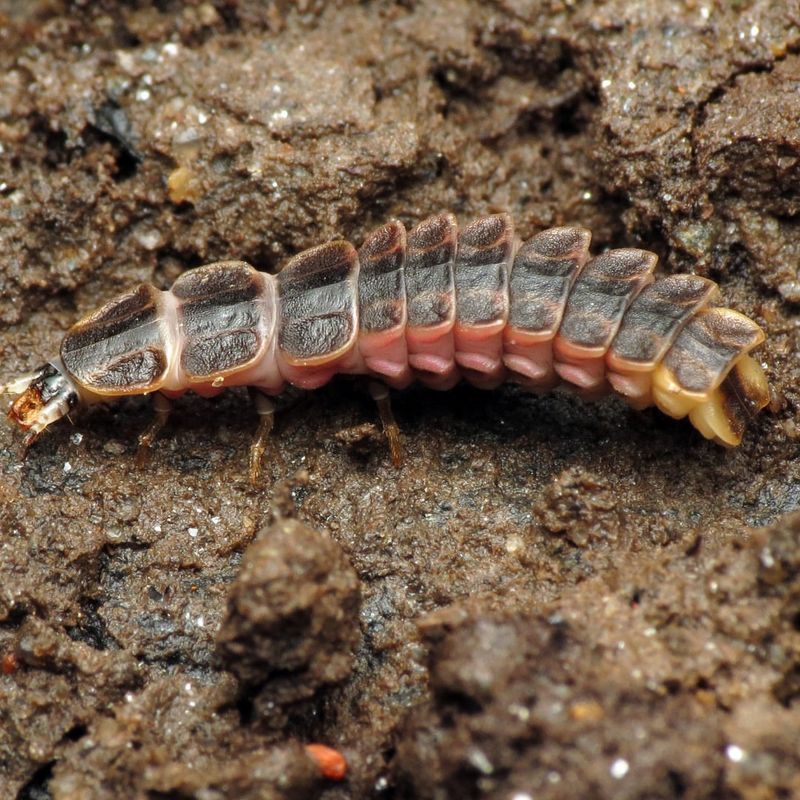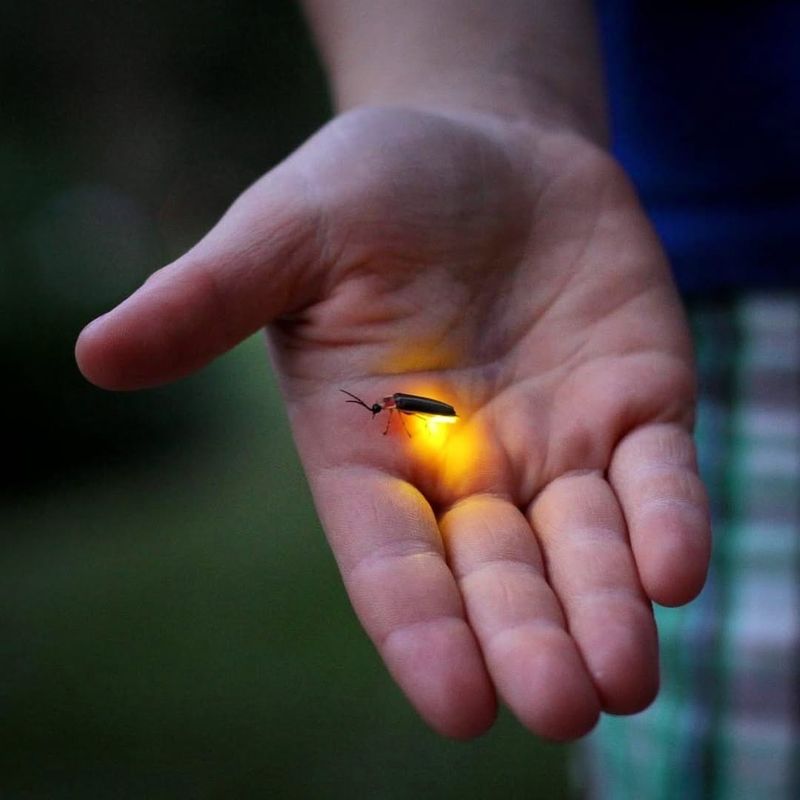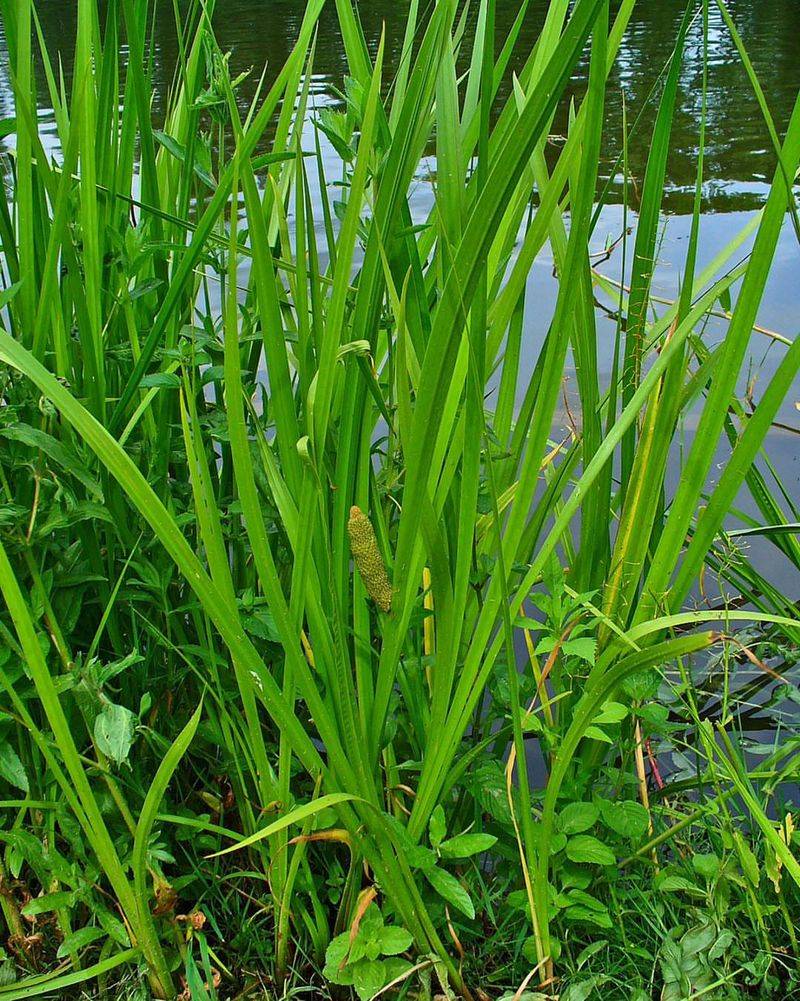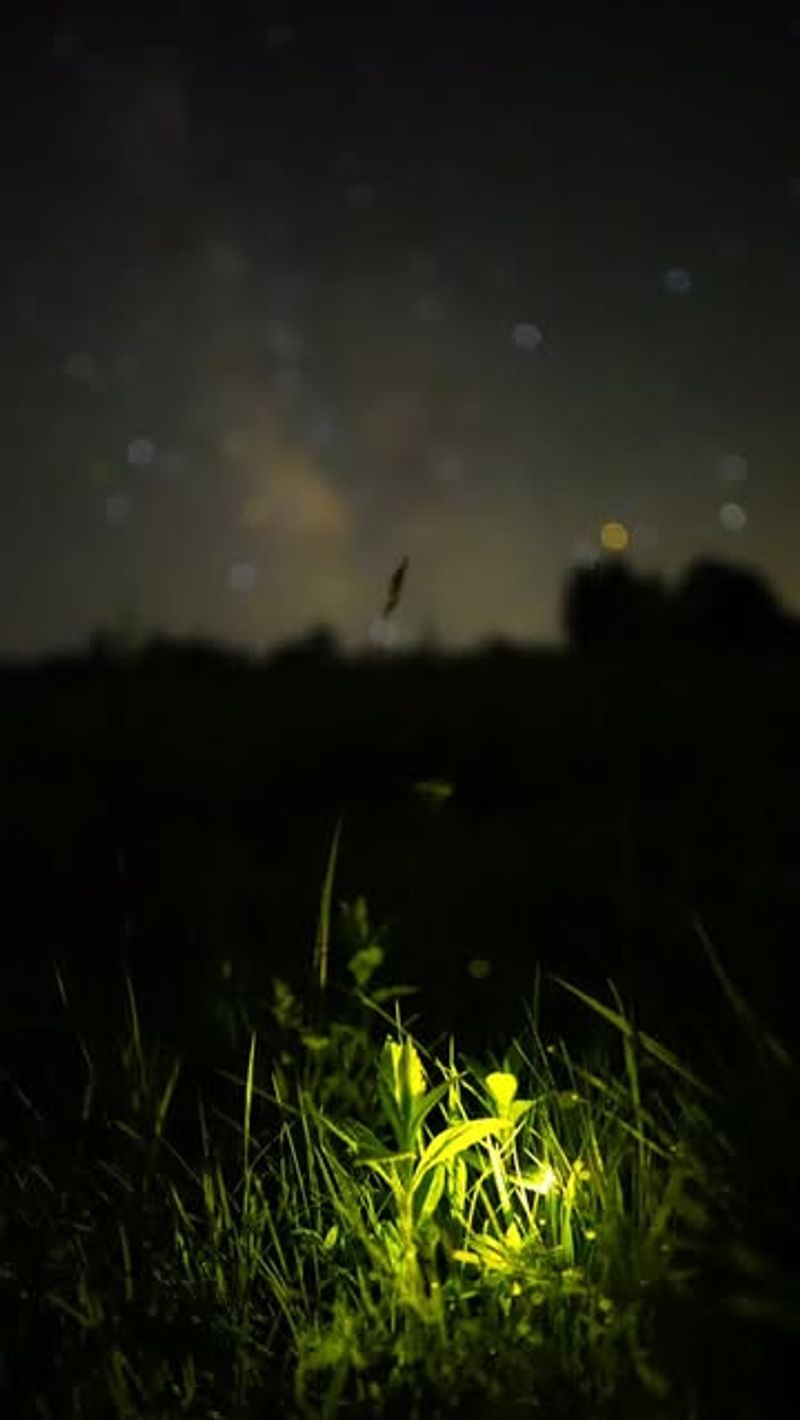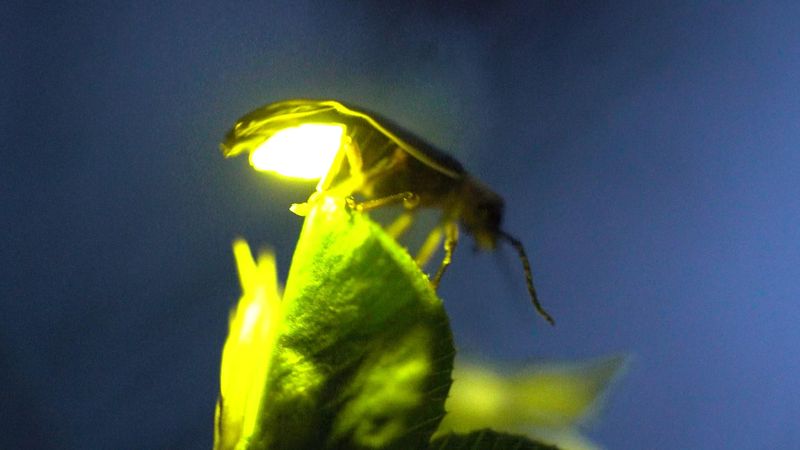On warm Arkansas nights, I sometimes catch myself waiting for those tiny golden flashes that used to dance across the yard. Their absence feels strange, almost like part of summer slipped away.
A combination of changes around us has made their lives tougher than before. Understanding what’s happening helps explain why their glow feels so rare now.
1. Light Pollution Disrupts Their Glow
Bright streetlights, porch lights, and outdoor signs are making it tough for fireflies to find mates in Arkansas. Male fireflies flash specific patterns to attract females, but artificial lighting drowns out their signals.
When fireflies cannot communicate properly, they struggle to reproduce and maintain healthy populations. Cities and suburbs with lots of nighttime lighting see fewer fireflies than darker rural areas.
Turning off unnecessary outdoor lights during summer evenings can help these beetles thrive again in your neighborhood.
2. Pesticides Harm Firefly Larvae
Chemicals sprayed on lawns and gardens across Arkansas do not just target mosquitoes and weeds. Firefly larvae, which live in the soil for up to two years, get exposed to these harmful substances.
Young fireflies feed on snails, slugs, and worms in moist ground, but pesticides reduce their food supply and poison them directly. Even organic-seeming lawn treatments can disrupt their development.
Choosing natural yard care methods protects these beneficial insects and keeps Arkansas yards healthier for everyone.
3. Habitat Loss From Development
As Arkansas grows, fields, wetlands, and forests get replaced by shopping centers, housing developments, and parking lots. Fireflies need specific environments with tall grass, leaf litter, and moisture to complete their life cycles.
When developers clear land, they remove the exact spots where fireflies lay eggs and where larvae hunt for food. Without proper habitat, entire firefly populations disappear from areas where they once thrived.
Preserving natural spaces and creating firefly-friendly gardens helps maintain their presence in Arkansas communities.
4. Mowing Too Often Removes Shelter
Many Arkansas homeowners mow their grass short and frequently, which seems neat but harms fireflies. Short grass offers no shelter for larvae or resting adults, and it dries out quickly.
Fireflies prefer slightly overgrown areas with diverse plants where they can hide during the day and hunt at night. Frequent mowing also destroys eggs laid in vegetation.
Leaving sections of your yard a bit wild, especially near trees or gardens, creates perfect firefly hideaways throughout Arkansas summers.
5. Draining Wetlands Eliminates Breeding Grounds
Wetlands, streams, and marshy areas provide ideal conditions for many Arkansas firefly species. Larvae need consistently moist soil to survive and find prey.
When wetlands get drained for agriculture or construction, fireflies lose critical breeding territories. Even small seasonal puddles and damp ditches matter for their survival.
Protecting existing wetlands and avoiding excessive drainage helps maintain the moisture levels fireflies require. Arkansas residents can support conservation efforts that preserve these valuable ecosystems for future generations.
6. Climate Changes Affect Timing
Shifting weather patterns in Arkansas are throwing off firefly life cycles. Warmer winters and unpredictable spring rains confuse the timing of when larvae mature and when adults emerge.
Fireflies rely on specific temperature and moisture cues to synchronize their development and mating seasons. When conditions change too rapidly, populations cannot adapt quickly enough.
Some species emerge before their food sources appear, while others miss their mating windows entirely. Monitoring local firefly activity helps scientists understand these climate-related challenges in Arkansas.
7. Invasive Plants Crowd Out Native Species
Non-native plants like Japanese honeysuckle and privet are spreading throughout Arkansas, choking out the native vegetation fireflies depend on. These invasive species create dense thickets that block light and alter soil conditions.
Native plants support the snails, worms, and other creatures that firefly larvae eat. When invasives take over, the entire food web gets disrupted.
Removing invasive plants from Arkansas properties and replacing them with native species restores habitats that fireflies and countless other beneficial insects need to flourish.



